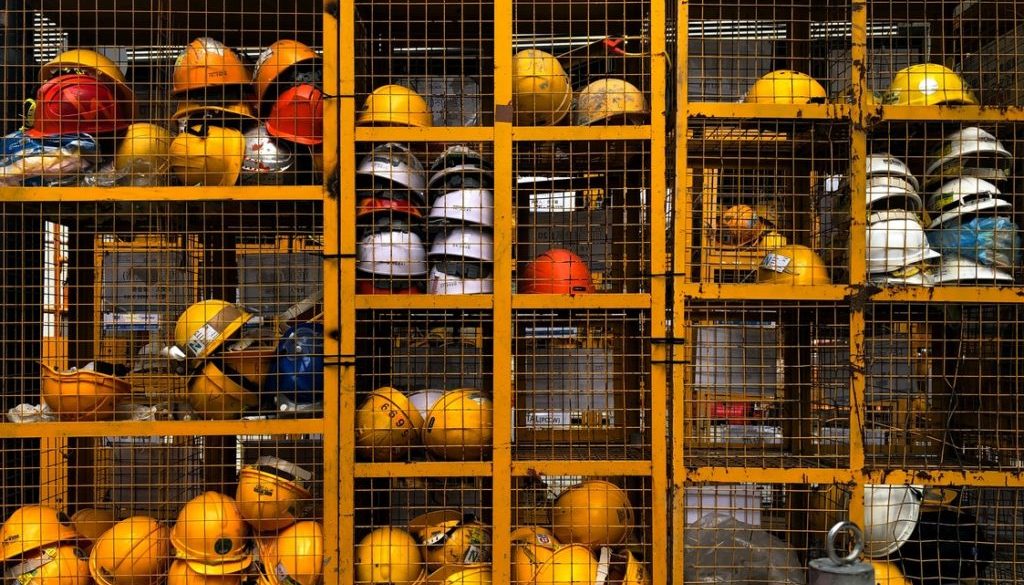A Comparative Exploration of Safety Differently in Contrast to Safety 1 and Safety 2
The evolution of Safety paradigms, including Safety 1, Safety 2, and Safety Differently, reflects a dynamic understanding of risk management. In this article, we delve into the distinctive features of Safety Differently, drawing comparisons with the established frameworks of Safety 1 and Safety 2.
- Safety 1:
Safety 1, rooted in traditional safety thinking, emphasises preventing adverse events through risk identification and mitigation. This approach is well-captured in James Reason’s seminal work, “Human Error,” which highlights the importance of adhering to established rules and procedures to minimise the likelihood of adverse outcomes (Reason, 1990). In Safety 1, incidents are considered deviations from the norm, and investigations focus on uncovering root causes to prevent their recurrence.
- Safety 2:
The emergence of Safety 2 as a response to the limitations of Safety 1 is detailed in Erik Hollnagel’s work, particularly in “Safety-I and Safety-II: The Past and Future of Safety Management” (Hollnagel, 2014). Safety 2 recognises the role of successful adaptations in complex systems and encourages an understanding of how organisations function under varying conditions. Unlike Safety 1, Safety 2 views incidents as valuable sources of information about system dynamics, prompting a shift from focusing on failure prevention to understanding successful adaptations.
- Safety Differently:
Safety Differently represents a paradigm shift, challenging foundational assumptions of traditional safety models. Sidney Dekker’s work, including “Safety Differently: Human Factors for a New Era” (Dekker, 2014), underscores that Safety is not the mere absence of accidents but the presence of positive organisational capacities. Safety Differently advocates understanding how work is performed, focusing on individuals’ and systems’ strengths, adaptability, and resilience.
Key Differences – Safety Differently in Contrast to Safety 1 and Safety 2:
The fundamental distinction between Safety Differently and the preceding paradigms lies in their core approaches to Safety:
- Safety 1 focuses on rigidly adhering to established protocols to prevent failures and deviations.
- Safety 2 acknowledges the inevitability of variability in complex systems and seeks to understand how organisations adapt to changing conditions.
- Safety Differently challenges traditional safety norms by emphasising positive capacities, learning from successes, and actively empowering workers to contribute to safety improvements.



